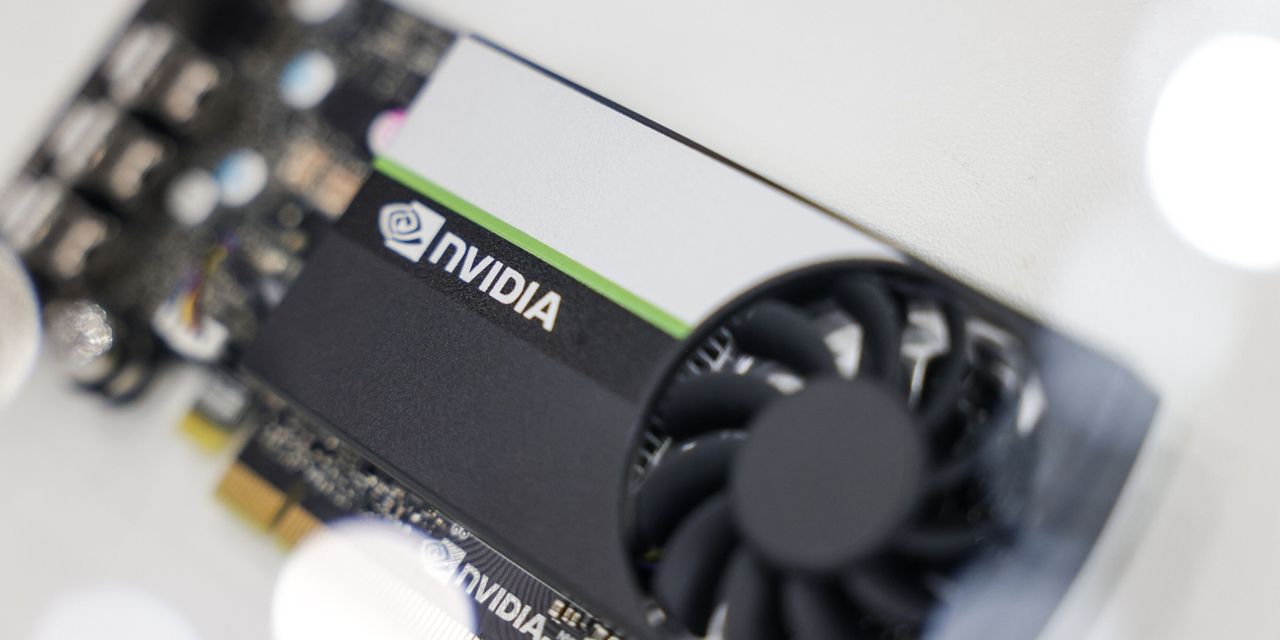If all of your friends decided to jump off a bridge, you probably wouldn’t jump too. Such is one of the great lessons of childhood.
But if you thought that all of your friends were making money trading stocks and options, you would likely feel yourself consumed with the fear of missing out, or FOMO, for making money. Such is one of the great lessons of adulthood.
Investors need something like the Diagnostic and Statistical Manual of Mental Disorders to check their behavioral biases. But self-awareness for most investors usually comes after the bust, which is probably why there are so few truly great investors.
Everyone likes to quote Warren Buffett, who famously said investors should be greedy when others are fearful and fearful when others are greedy. But few people ever feel comfortable doing the opposite of the market mob.
So, consider this column as a dose of FOMO-overdose antidote to keep greedy investors alive if the market mob OD’s on stocks. Oh, the medicine will still hurt—but at least you won’t be dead.
Forget for a moment that just last week we noted that options-trading flows were telegraphing cautiousness, reinforcing the existence of a disconnect between major institutional investors and the market mob. We’ve seen this disconnect emerge a few times since 2000, and each time the ending was violent and messy.
Yet, the rubble of each market crash has created an evangelical belief all across the world that stocks always regain their upward momentum, no matter what led them to tumble. This is probably the greatest risk facing the markets. But hey, it’s more fun to think about making money than not, so here’s a strategy worth contemplating.
If you want to try to harness the upside in a way that balances risk and reward, consider call spreads. The strategy became a favorite of the fast-money set after the global financial crisis because it often positions investors to make 100% returns on rising stocks without taking on tons of risk.
Consider the
Technology Select Sector SPDR
ETF (ticker: XLK). The fund is up about 40% this year, fueled in part by even better-performing stocks such as
Nvidia
(NVDA).
With XLK at $171.51, an investor would buy the August $175 call and sell the August $185 call. The spread costs about $3.20 and is worth a maximum profit of $10 if the ETF is at $185 or higher at expiration.
If the ETF declines, and is below $175 at expiration, the trade fails, although with a silver lining. Options cost less than buying the underlying stock, so you lose less using options instead of stocks. During the past 52 weeks, XLK has ranged from $112.97 to $176.30.
The call spread has something else that makes the strategy even more economical going forward than buying a stand-alone call. Plus, call spreads let investors monetize greed.
One of the great qualities of call spreads is that the strategy lets investors monetize the greed of other people.
This happens by selling the upside call to the dealer, or whoever winds up buying it. Put another way, the spread helps investors to express their greed without being consumed by their greed. This is important and appropriate for these times.
Many bullish calls on many stocks are trading with greed premiums because so many people are buying calls to chase and trade the stock market rally.
What’s the catch to all of this? The drawback is that spreads limit profits. You can only make the difference between the two strike prices. Of course, anyone who quibbles with the prospect of limited risk strategies that could produce a 100% return needs to see a shrink.
Email: [email protected]
Read the full article here


